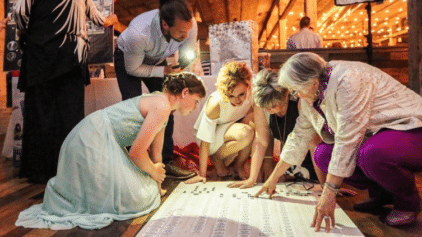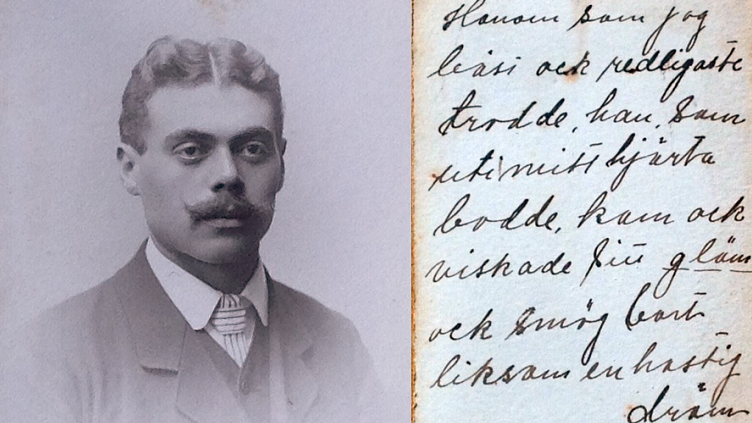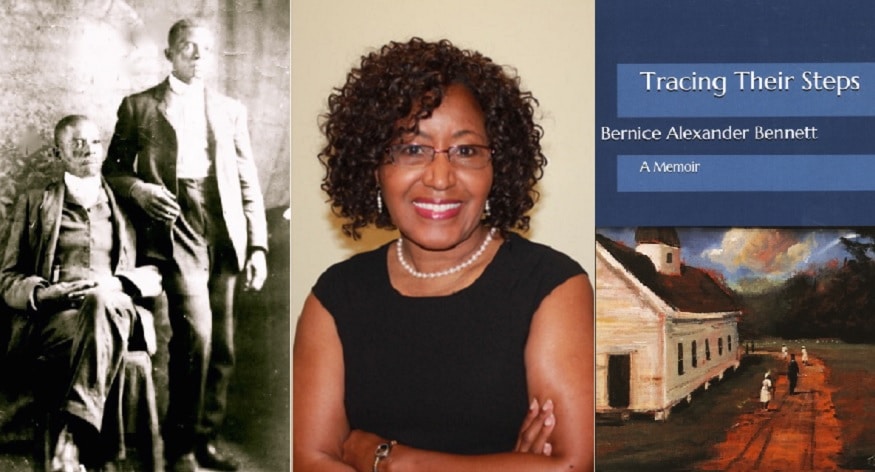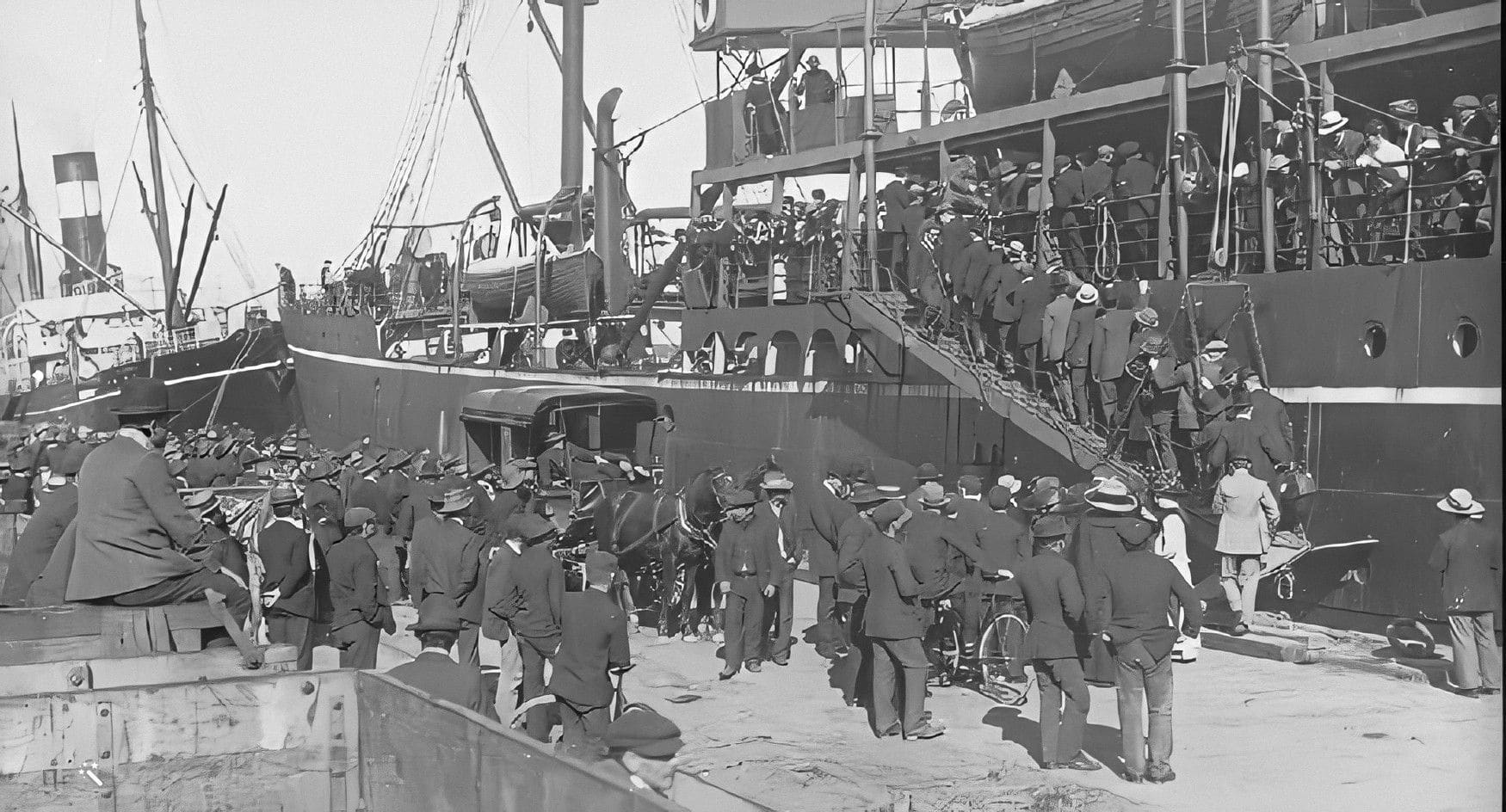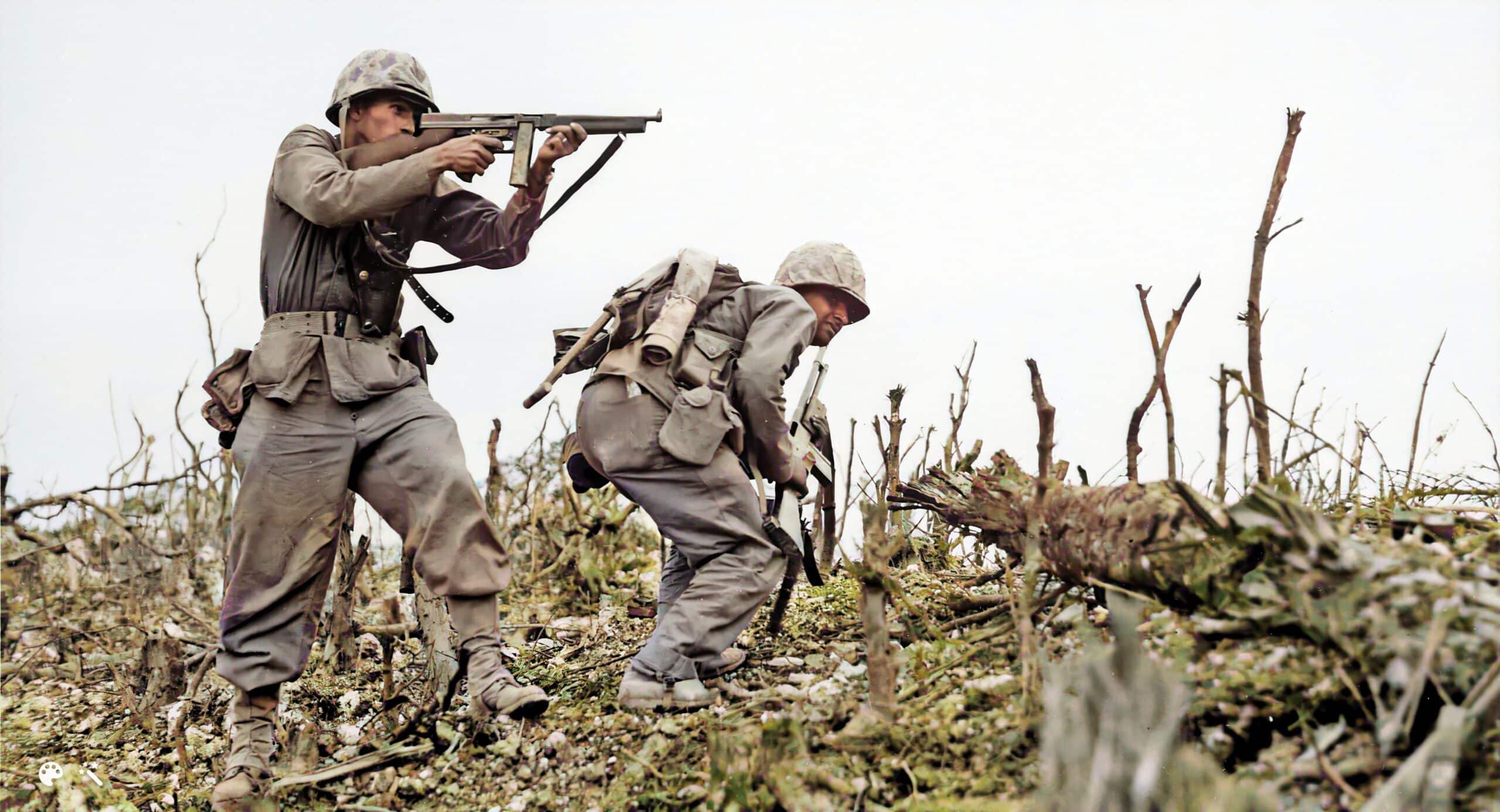Spanish Names: the Origins of Spanish Given Names and Surnames
- By Legacy Tree Genealogists ·
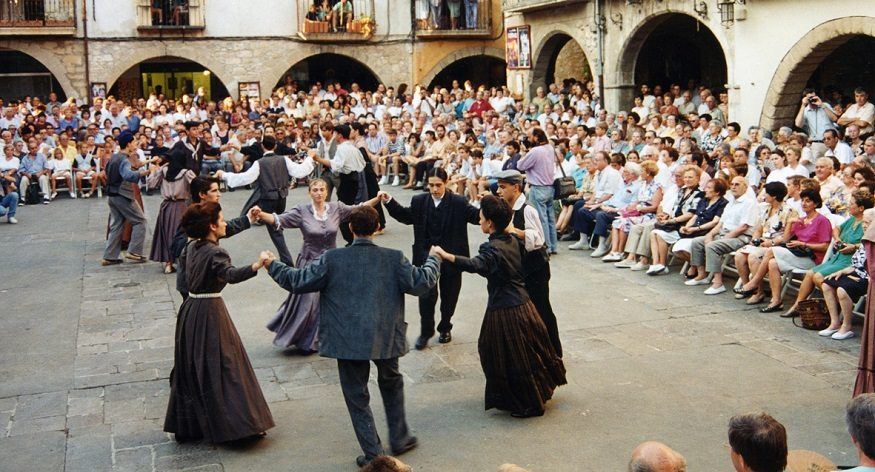

Spanish culture has had an immeasurable impact on our world. As such, you may very well have Spanish roots somewhere in your family tree. However, finding your ancestors may prove a little challenging if you are unfamiliar with Spanish naming conventions — which may be quite different from the naming conventions you’re used to. For one thing, you may have noticed that Spanish names contain more words. Understanding the way these names work is crucial if you wish to find your ancestors in historical records.
Search your Spanish given name and surname in the MyHeritage historical record collections.
Spanish given names
In Spanish cultures, people either have one or two given names — and frequently more than two.
In Anglophone countries like the United States, most people have a middle name which is seldom used. People with middle names typically go by their first given name (or perhaps a nickname based on that first given name). For example, a Robert John Smith would probably go by Robert or Bob, but usually not John or Johnny. There are always exceptions, of course, but this is the typical practice.
In contrast, your ancestors in Spain and Latin America may have had multiple names, and they may have used one or more interchangeably — and not necessarily the first name. First names were often given to honor a saint or other religious figure. A woman named María Belén del Cármen Islas might go by María, but more likely, she would choose to go by Belén or Cármen. Some records might list her full name, but others might only call her Belén Islas. Therefore, it’s important to be flexible when you search.
There are many instances in genealogical research where you will find a family where the parents named all of their sons José or Juan and all of their daughters María. But each will also have a second or third name that is distinct, and the child will often go by that name. There may be 3 brothers called Juan Antonio, Juan José, and Juan Eduardo, but likely none of them will go by Juan in day-to-day life. Instead, they’ll likely go by Antonio, José, and Eduardo.
Some people, like former Spanish prime minister José Luis Rodríguez Zapatero, use their two names as one compound name: José Luis, not just José or just Luis. In this particular case, Luis is not the Prime Minister’s middle name but part of a full, single, given name: José Luis.
A brief note on nicknames: though they’re less commonly used in historical records, it’s helpful to be aware of some nickname and diminutive variants that exist in Spanish. For example, Ramona might be called Ramoncita, or “little Ramona.” Alberto or Roberto might be called Beto; Ignacio becomes Nacho, and Paco or Pancho are often short for Francisco. María Ana might also be called Mariana and María Elena can be truncated to Marilena.
Spanish surnames
In Spanish cultures, people traditionally have two surnames.
The first is the paternal surname (apellido paterno) — the father’s first surname — and the second is the maternal surname (apellido materno) — the mother’s first surname.
This means that what someone in an Anglophone culture would call the mother’s maiden name is passed down one generation further.
Going back to our friend José Luis Rodríguez Zapatero, in light of the information above, we now understand that Rodriguez is his paternal surname, and Zapatero is his maternal surname.
This point about the paternal surname coming first and the maternal surname coming second is an important one to remember, as we’ll discuss below.
Married and family surnames in Spanish cultures
In most Spanish-language cultures, women do not change their last names when married. In searching for your female ancestors, therefore, make sure you’re looking for a wife under her maiden name. Sometimes a husband’s surname will be added as a suffix, but it never replaces the maiden surname. For example, if Luz Sánchez marries Jorge Ramos, she might sometimes be referred to as Luz Sánchez de Ramos, but never as Luz Ramos.
This means that the mother, father, and children in one family will generally all have different surnames.
For instance:
José Luis Rodríguez Zapatero is married to Sonsoles Espinosa Díaz — Espinosa is her paternal surname and Diaz is her maternal surname. Their children’s names are Laura Rodríguez Espinosa and Alba Rodríguez Espinosa.
Which surname should you use to address someone in Spanish cultures?
When addressing someone by their surname in Spanish cultures, as a general rule, you use their paternal surname.
So, José Luis Rodríguez Zapatero would be known as Señor Rodriguez, not Señor Zapatero.
Still, it is important to note that sometimes, people will drop their paternal surname if it’s a very common one. This is the case with José Luis Rodríguez Zapatero, who — because Rodriguez is so common — is actually known as Zapatero.
That said, when in doubt, go by the paternal surname.
Also, keep in mind that it’s becoming more popular amongst Hispanic cultures in the Americas to hyphenate the two surnames. This is an attempt to avoid confusion when dealing with Anglophone countries that aren’t familiar with Spanish naming conventions. In some countries, the article ‘y’ meaning ‘and’ is also put between the names, as in Alejandro Castillo y Garcia.
Common Spanish surnames
The Spanish-speaking world is large, but most countries tend to share some similar most-common surnames. They usually include the following, though not in the same order everywhere:
- García
- Hernández
- López
- Rodríguez
- Pérez
- Martínez
- Sánchez
- Gómez
- Vásquez
- Díaz
You can start searching for your Spanish ancestors using MyHeritage’s historical record collections. Try searching the baptism, marriage, and death record collections from the 16th century onward.
Some surnames are more regionally represented. For example, Rivera and Betancourt are in the top fifteen most common last names in Puerto Rico, but not in Spain or Mexico. Marroquin is more commonly represented in Guatemala, Álvarez in Cuba, Soto in Chile, and Jiménez in Spain.
Other surnames might indicate ultimate origins in specific areas of Europe, such as the historical Basque Country, located in modern-day Spain and France. Aguirre and Echeverría are examples of typical Basque surnames. MyHeritage has several historical record collections from that region, such as Spain, Bilbao Diocese, Catholic Parish Records, 1501–1900, Spain, Vitoria Diocese, Index of Baptisms, 1535–1903, and Spain, Navarre, Index of Deaths, 1592–1986.
Spelling Variations
Spanish is mostly a phonetic language, and most names are spelled as they sound. This does not mean, however, that spelling variations never occur in genealogy research! Standard spellings are a relatively recent convention. In the years before literacy was widespread, individuals may not have known how to spell their names, and priests or clerks may not have been consistent about how they did so.
Sometimes it’s a simple change of ending letters: your ancestor may have been called Martínes in one record and Martínez in another. Resist the urge to worry that there’s been a mistake or that you’re looking at the wrong person.
Sometimes a change that seems less intuitive to non-native speakers reflects slight nuances in pronunciation. For example, the surname Valencia is sometimes written Balencia, because the letters ‘b’ and ‘v’ sound very similar in Spanish. Especially in earlier historical records, these letters can be interchangeable. This is also the case for letters ‘j’ and ‘x’ and ‘g.’ Trujillo, Truxillo, and Trugillo are all the same name, pronounced the same way, and you might find each version in various documents referring to the same individual.
Two versions of the same surname (Valencia vs. Balencia), pertaining to the same woman in different historical records in nineteenth-century New Mexico.
Now that you have the basics of Spanish naming conventions down, you’re ready to begin searching for your Spanish ancestors! Visit the MyHeritage historical record collections to get started.
Need some help researching your Spanish ancestry? Legacy Tree Genealogists can help you every step of the way. Legacy Tree Genealogists is the world’s highest client-rated genealogy research firm, and recommended research partner of MyHeritage. Founded in 2004, the company provides full-service genealogical research for clients worldwide, helping them discover their roots and personal history through records, narratives, and DNA. To request a free quote, visit: www.legacytree.com/myheritage

